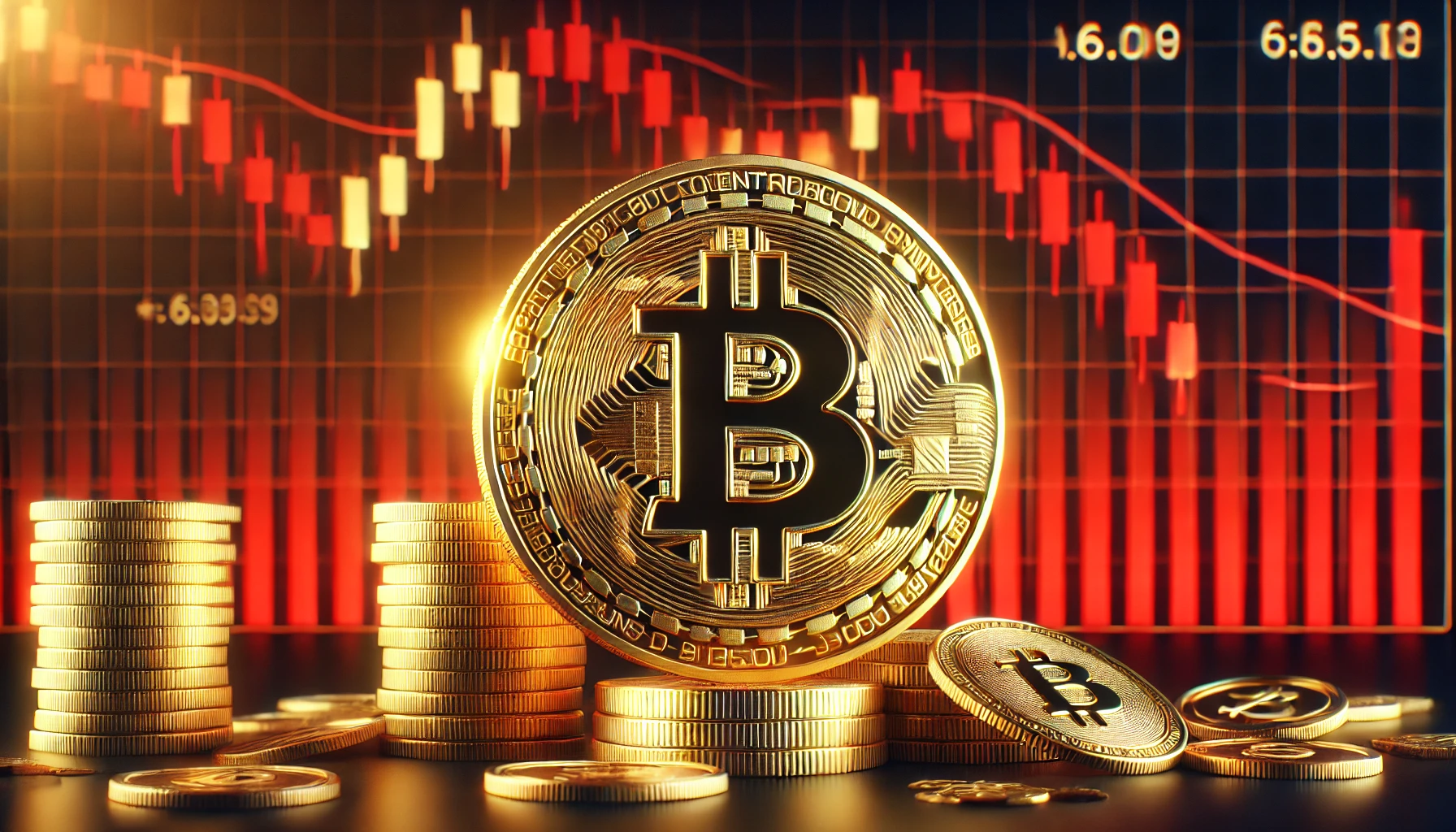As 2024 progresses, the cryptocurrency landscape has been marred by a sharp increase in hacks and ransomware attacks, with centralized exchanges becoming prime targets once again. This article explores the rising trends, the shift back to centralized platforms, and the implications for the broader crypto industry.
Points
- A significant 84.4% increase in stolen crypto assets was recorded by mid-2024, totaling $1.58 billion.
- Centralized exchanges are once again the main targets for hackers, reversing a trend toward decentralized platforms.
- Ransomware payments in 2024 are set to break records, with $459.8 million paid by mid-year.
The first half of 2024 has witnessed an alarming escalation in crypto-related criminal activities, particularly in the form of hacks and ransomware attacks. According to Chainalysis, a leading blockchain data platform, the total value of stolen funds in 2024 reached a staggering $1.58 billion by the end of July, marking an 84.4% increase compared to the same period in 2023. This sharp rise has set off alarms across the industry, with centralized exchanges once again becoming prime targets.
A Shift Back to Centralized Exchanges
After a period where decentralized finance (DeFi) platforms and cross-chain bridges were the preferred targets for cybercriminals, there has been a noticeable shift back to centralized exchanges. The value of assets held by these exchanges has become increasingly tempting, especially as the prices of major cryptocurrencies, such as Bitcoin, have surged.
Despite the slight increase in the number of hacking incidents—only 2.76% more than in 2023—the average value compromised per incident has skyrocketed by 79.46%. In 2024, the average hack now results in a loss of approximately $10.6 million, up from $5.9 million per incident in 2023.

This trend suggests that attackers are becoming more sophisticated, employing advanced social engineering tactics to breach these exchanges. Notably, North Korean hackers have been implicated in several high-profile incidents, utilizing methods like posing as IT professionals to gain access to sensitive systems.
Record-Setting Year for Ransomware
Ransomware attacks have also seen a dramatic increase in 2024, with payments totaling $459.8 million by mid-year, positioning this year to potentially become the worst on record for ransomware. This rise is particularly concerning given the consistent activity levels of ransomware groups, despite the disruptions caused by the dismantling of major threat actors like LockBit and ALPHV/BlackCat.
These groups have adapted by introducing new techniques and methods for breaching systems, expanding their means for initial access, and improving lateral movement strategies once inside a network. The largest single payment reported so far in 2024 was a staggering $75 million, paid to the Dark Angels ransomware group, highlighting the increasing financial burden these attacks impose on victims.
Implications for the Crypto Industry
The resurgence of attacks on centralized exchanges poses significant risks for the crypto industry. With more assets being concentrated in these platforms, the potential for large-scale losses grows, which could erode trust in centralized entities. This shift could also lead to renewed calls for stricter regulatory oversight and better security measures within the industry.
As the value of cryptocurrencies continues to rise, so too will the sophistication and frequency of attacks. The need for robust security protocols has never been more urgent, and exchanges must adapt quickly to counter these evolving threats.
The increase in ransomware attacks also underscores the importance of securing not just financial assets, but also critical infrastructure and personal data. As ransomware groups continue to innovate, their attacks are likely to become even more damaging, targeting larger companies and key infrastructure providers.
解説
- Stolen Funds Increase: The dramatic rise in the value of stolen funds highlights the growing risk within the crypto space. Exchanges must prioritize security to protect against increasingly sophisticated attacks.
- Return to Centralized Targets: The shift back to targeting centralized exchanges indicates a vulnerability that these platforms need to address, especially as they hold significant user funds.
- Ransomware Threats: The surge in ransomware payments is a wake-up call for all sectors, emphasizing the need for comprehensive cybersecurity measures.
